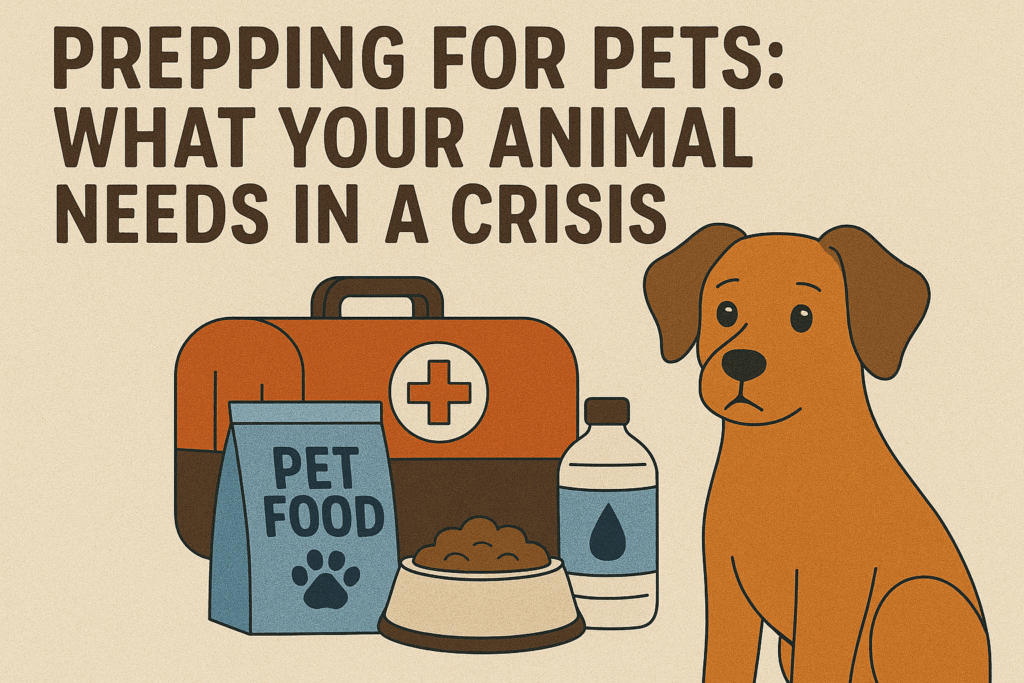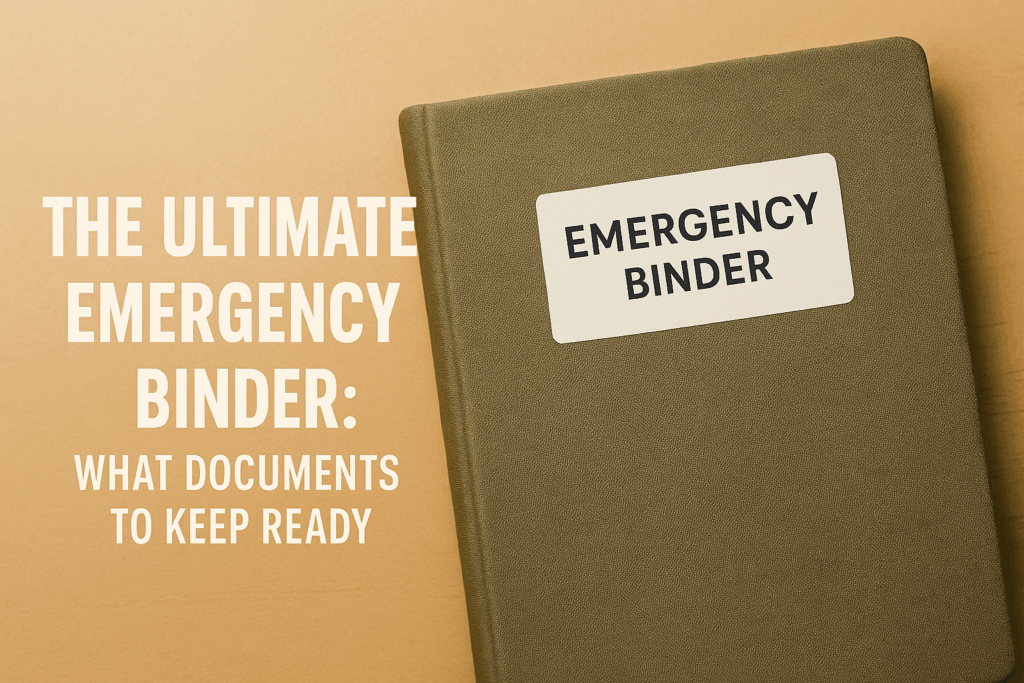When disaster strikes, we often think first about protecting our families—but that family includes our pets too. Whether it’s a wildfire, hurricane, power outage, or sudden evacuation, your dog, cat, bird, or rabbit relies completely on you. And in a stressful situation, they’re just as vulnerable—if not more—than we are. That’s why putting together a pet survival kit is so important. It doesn’t have to be complicated or expensive. With a little planning, you can give yourself peace of mind knowing your animal companion has everything they need to stay safe, calm, and cared for no matter what.
Why Every Pet Owner Needs a Pet Survival Kit
Emergencies don’t wait for the perfect time. And when you’re rushing out the door during a crisis, there’s no time to gather food, leashes, medications, or a travel crate. A pet survival kit takes the guesswork out of a chaotic situation. It’s a dedicated grab-and-go bag with your pet’s essentials ready to roll. Think of it as insurance for your furry friend—because they can’t pack for themselves. Whether you’re sheltering in place or evacuating, having your pet’s needs covered gives you one less thing to worry about in an already stressful situation.
Food, Water & Treats: The Basics for Survival
Just like humans, animals need a steady supply of food and water to stay healthy and calm. Your pet survival kit should include at least three days’ worth of food (more if space allows), packed in airtight containers. Don’t forget collapsible food and water bowls—they’re lightweight and easy to store. Include bottled water, because access to clean water may be limited during an emergency. A few familiar treats can also go a long way in comforting your pet and helping them feel normal in a tense environment. And yes, even picky eaters will thank you later.
Medications, Records & First Aid
If your pet takes medications, make sure your pet survival kit includes a few days’ supply, along with clear instructions on how and when to administer them. Keep a printed copy of your pet’s vaccination records and any medical history—they can be crucial if you need to visit an emergency vet or a temporary shelter. Add a basic pet first-aid kit with bandages, antiseptic wipes, tweezers, and tick remover. Emergencies are unpredictable, but being prepared gives your pet a much better shot at staying healthy through the chaos.
Comfort Items Matter More Than You Think
When everything around them is unfamiliar, animals can get anxious fast. Including a few comfort items in your pet survival kit can make a huge difference. A favorite blanket, a worn T-shirt that smells like you, or a beloved toy can provide reassurance and keep their stress levels down. Familiar scents and textures go a long way in helping pets feel safe. Consider adding a calming pheromone spray or a chew to help reduce anxiety if your pet is prone to nervousness. It may seem small, but these items can help keep your companion grounded in a crisis.
Identification and Containment Essentials
One of the scariest possibilities during a disaster is getting separated from your pet. That’s why ID is non-negotiable. Your pet survival kit should include an extra collar with updated ID tags, and ideally, your pet should be microchipped with your current contact info. A sturdy leash, harness, or carrier is also critical—not just for control, but for safety. Even the calmest pet can panic in unfamiliar environments. Make sure the carrier is easy to carry and ventilated, and practice with it ahead of time so your pet is used to it before an emergency happens.
Sanitation Supplies: Don’t Forget the Mess
Emergencies don’t mean your pet’s bathroom needs stop. Your pet survival kit should include poop bags, litter (if applicable), disposable litter trays, paper towels, and pet-safe disinfectant. These are especially important if you’re in a confined space like a shelter or hotel. Sanitation helps keep things clean and avoids added stress or illness—for both you and your pet. A roll of heavy-duty trash bags is a surprisingly helpful addition too. No one wants to think about cleaning up messes during a disaster, but being ready for it can save you a lot of trouble.
Planning for Different Scenarios
Not all emergencies look the same. Are you more likely to evacuate or shelter in place? Can you take your pet to a relative’s home, or would you need to stay at a shelter? Tailor your pet survival kit based on your most likely scenarios. Make a list of pet-friendly hotels or emergency shelters in your area and keep it in the kit. Also consider how you’d manage if you were separated—include a photo of you with your pet, and a small flyer template with their details in case you need to make “lost pet” notices quickly.
Keep It Updated & Accessible
Just like your own emergency supplies, your pet survival kit needs regular check-ins. Rotate food and medications every few months to keep everything fresh. Double-check that tags and microchip info are current. Store the kit in a place that’s easy to grab in a hurry—preferably near your own go-bag or in the car. An emergency is not the time to be digging through closets. Having your kit ready and up to date is one of the simplest, kindest things you can do for your animal friend. They count on you—so let’s make sure they’re covered.
Wrapping Things Up…
Your pet depends on you not just for love and belly rubs—but for safety in times of crisis. A well-stocked pet survival kit is a practical, powerful way to show that care. It says: “I’ve got you,” even when the world outside is uncertain. You don’t need to be a survivalist to prepare—just someone who wants to keep their furry (or feathered) companion safe. So take an afternoon, pull together the essentials, and rest easier knowing that come what may, you and your pet will face it together—prepared, protected, and side by side.




